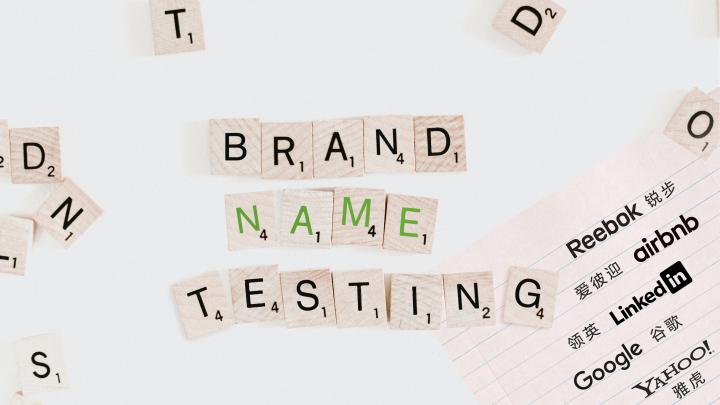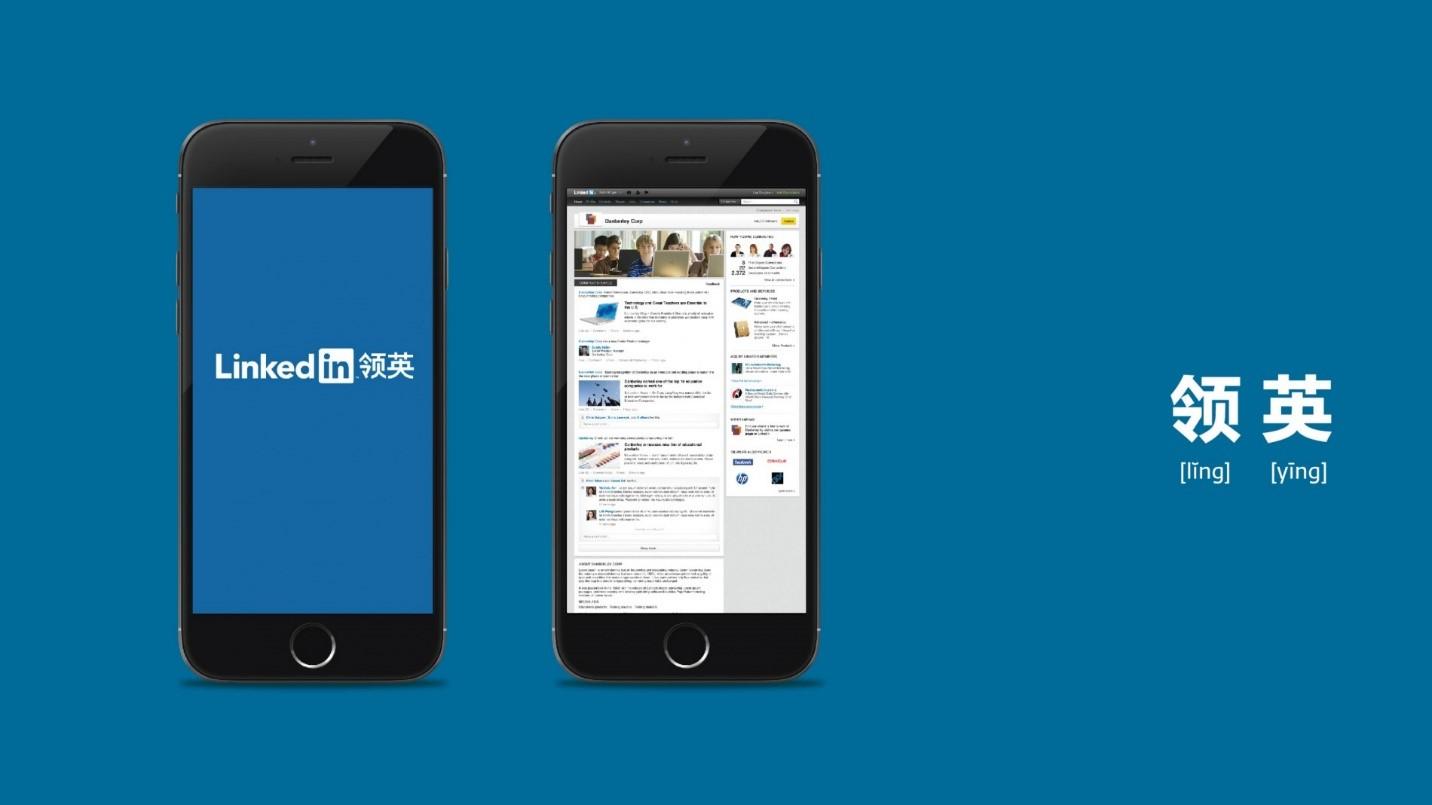

Unraveling the significance of a brand’s verbal assets is like delving into the essence of its identity. The name encapsulates the fundamental attributes, becoming the cornerstone upon which a brand’s future value is constructed. In this exploration, we’ll uncover the pivotal role that a brand’s verbal assets play in shaping its identity and value proposition.
Marvelous Brand Naming Pillars: Let’s take a look at someone who has used the brand name to great effect. The famed comic and entertainment brand MARVEL selected the name 漫威 [màn wēi] for its Chinese name after rigorous testing. The name emphasizes comics with the character 漫 [màn] and embodies the power of its superheroes with the character 威 [wēi]. The Chinese name’s mighty tonality successfully connects rational brand offerings with subconscious audience appeal.

Now imagine that you’re the one responsible for making the decision about your brand’s biggest asset. Where do you start?
Your brand team surely knows the brand’s target positioning and messaging better than anyone, so asking them to articulate core qualities the name should possess is a great place to begin. But as many branding gurus have said, your brand isn’t what you say it is, it’s what your consumers say it is. Therefore, you are going to want to test whether the name your brand team prefers also attracts your target consumers.
But not every brand does, surprisingly! The importance of a consumer test in any market may seem obvious, but some brands, in their urgency to get to market, do not spare the time and budget to evaluate names with consumers. Just look at Mr. Muscle’s infamous entry into China with a name that sounds identical to “Mr. Chicken” (肌肉先生 [jī ròu xiān sheng]). If only they had checked this with consumers beforehand.
Testing your brand or product name before launching can uncover local consumers’ expectations of brand personality and industry, preventing unanticipated surprises and helping you build localized strategies based on the name’s strengths. To ensure positive brand equity is built with target consumers, the verbal assets need to be evaluated on a deep level.
This is where qualitative market research comes in, and where focus groups are heavily utilized as an efficient and illuminating way to do your due diligence. Consumers love to share their opinions, and as researchers, we know that the data we collect is at its best when consumers feel their voices are really impacting a brand. Focus groups offer a chance for you to sit back and listen: what associations does each name hold in the minds of consumers, and are those associations aligned with the brand values? Some of our brand name creation clients are also new to China, so an added bonus of face-to-face qualitative research is the opportunity to hear and learn directly from Chinese consumers.
A Repositioning Story: When Linkedin entered the Chinese market, they aimed to outperform local online business platforms in a highly competitive market. As a foreign brand, this meant LinkedIn faced the classic market entry challenge: how to create a name within a distinct and rapidly changing cultural context? Their solution was to frontload research. In their qualitative focus group testing, a name came to the fore with potential to carve out new space in the market. Upon further probing, researchers discovered that this name, 领英 [lǐng yīng], appealed strongly to consumers because it differed from competitor brands, which typically welcomed all job seekers. This name, meaning “a leading professional network of elites,” distinguished LinkedIn as an exclusive platform with international vision and authority.

To put hard numbers behind verbal identity evaluation, another route is quantitative research.
As everything from product development to marketing strategies are increasingly data-driven, why accept less from name testing? Quant builds a robust dataset, answering precise questions to assess risks and support positive assumptions, and helping brand owners come to a final, data-backed decision.
Backed by Data: Though the name 领英 [lǐng yīng] stood out for LinkedIn in qualitative testing, the name was risky – it differed from the brand’s global positioning of “connecting everyone” – hence the brand team needed assurance. A rigorous quantitative study revealed that 领英 [lǐng yīng] performed well on a large scale, giving the brand peace of mind as they repositioned the brand for market entry.
Know Your Consumer, Know Their Name Preference: As another US client prepared to launch their first product in China, they held very little data on the personal care category they were entering into. Once we had created a shortlist of brand names, we conducted a quantitative evaluation, but also included consumer behavior, attitudes, and shopper habits modules. This meant we could 1) ensure that any name chosen for the brand wouldn’t alienate a certain type of consumer (as we link name preference data with consumer profiling data), and 2) provide a rich bank of category intelligence to support business planning.

The quantitative research process is objective, and it offers the opportunity to compare criteria directly across names. In addition to comparing names within 1 project, we can also build a database of benchmarks; using performance metrics that more effectively highlight the strongest names for all clients.
Innovative survey design methods are leveraged to get a stronger read of hard-to-measure associations. For example, to get a more instinctive read of consumers’ subconscious reactions, a ‘timed response’ can be used when measuring a brand name’s associations. The quicker the association is selected, the stronger that value’s link to the name is.
At Labbrand we are constantly exploring new technologies to ensure that the critical ‘why’ is included in our quantitative research, providing the consumer insights that lay behind the mere numbers. Another technique to do this is by capturing live webcam feedback of respondents, which allows for more elaborative responses; as participants verbalize not only their explanations, but also the brand and product names themselves, this data collection method may also provoke a more insightful set of responses. In the future, this could even lend itself to incorporating facial coding as part of a quantitative name evaluation.

In recent years, brands are looking to consumers as collaborators in product and service innovation, engaging openly with them to inject fresh thinking.
Consumers Know Best: When a German chocolate brand sought to expand in China, we assembled an online community of energetic consumers. They discussed the brand’s strongest selling points – its rich hazelnut flavor – and then assessed the initial Chinese name proposals we had developed. The consumers then built on the initial proposals, adapting them and inventing creative names of their own. These consumer insights inspired additional names that built up the brand’s rich story.
As technology allows companies to interact with consumers at all stages of their innovation journey, the opportunities for creative naming research methods continue to grow with it.
In addition to innovative new testing methods and time-honored techniques, at Labbrand we learned early on an often-overlooked rule of thumb: a brand name should always be checked against ‘red flags’ in the local market – something that Mr. Muscle’s “Mr. Chicken” failed to do.
Labbrand’s industry-leading linguistic test technology, The Brand Checker, brings together a specialized global network of native speakers of over 40 languages. Their feedback provides insights on pronunciation, industry connotations, and ‘red flags.’
In China, where over 9 in 10 people identify with a single ethnic group, some brands see the country as a huge, homogenous untapped market. However, when 1 in 3 people speak a language other than Standard Mandarin as their first language, the linguistic test is especially vital.
Happy Booking in Shanghai: When a major multinational online travel agency tested Chinese names, The Brand Checker examined the name 悦订 [yuè dìng], meaning “happy booking.” However, the analysis revealed that for speakers of Shanghainese, the name sounded identical to the contraceptive hormone 毓婷 [yù tíng], saving the brand from a sensitive misstep in a crucial market.
Brand naming is a multi-faceted process that balances opinions of clients, agency naming experts, and consumers. While communication strategies can be localized to each market and adapted over time, a brand’s name rarely changes. So take the time to ponder, create, and debate what’s in your name, and then communicate with your consumers before asking them to buy your products. Your brand equity will continue to grow over time, and testing your brand name is your ticket to connecting with your audience in every market.
A Labbrand Group Company © 2005-2024 Labbrand All rights reserved
沪ICP备17001253号-3* Will be used in accordance with our Privacy Policy
To improve your experience, we use cookies to provide social media features, offer you content that targets your particular interests, and analyse the performance of our advertising campaigns. By clicking on “Accept” you consent to all cookies. You also have the option to click “Reject” to limit the use of certain types of cookies. Please be aware that rejecting cookies may affect your website browsing experience and limit the use of some personalised features.